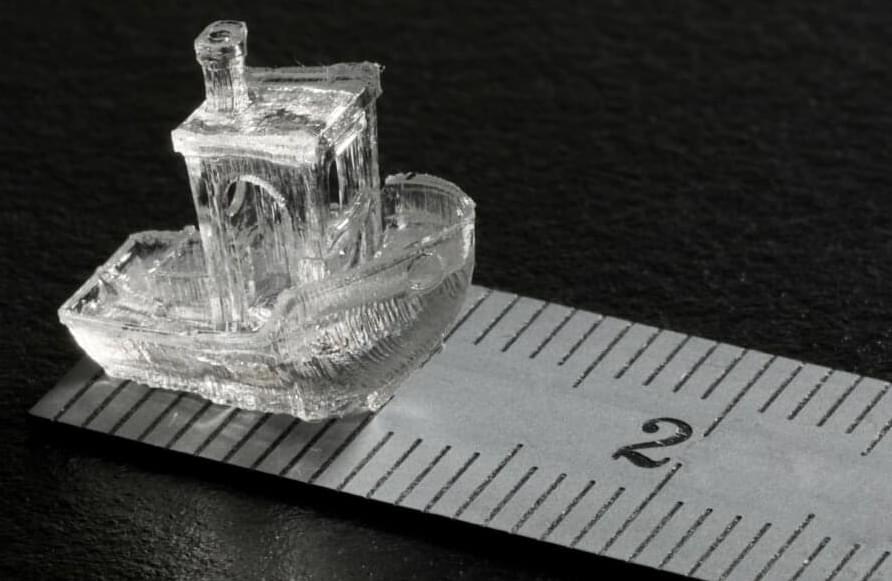Dell Technologies announces the expansion of its edge solutions to help retailers quickly generate more value and deliver enhanced customer experiences from data generated in retail locations.
From grocery merchandising and curbside pickup to frictionless checkout and loss prevention, retailers have embraced edge technologies to keep pace with industry demands and create better customer experiences. A recent study conducted by 451 Research, part of S&P Global Market Intelligence, and commissioned by Dell found this growth will continue with 77% of retailers expecting to increase edge deployments significantly in the next two years1. However, without a holistic approach, new technologies across wide geographies and locations can lead to complex and siloed solutions that drive up a retailer’s IT management cost.
“Retailers are increasingly relying on IT technologies and data at the edge to offer more personalized and intelligent customer experiences that drive better business outcomes, dramatically accelerating the need for retailers to bring together siloed technologies,” said Gil Shneorson, senior vice president of edge solutions, Dell Technologies. “We’re helping retailers easily consolidate these technologies so they can analyze data where it’s created, make faster decisions and deliver positive experiences for in-store shoppers and employees.”








